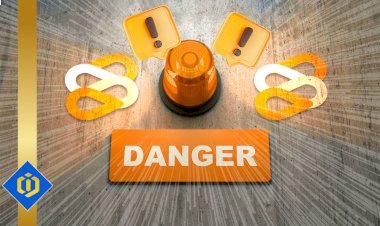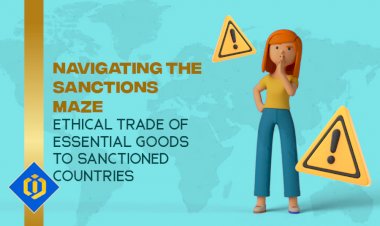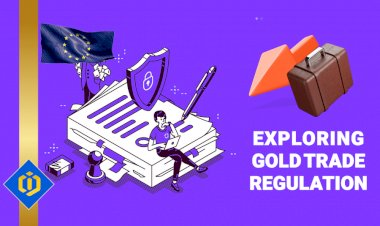Is Asset Tokenization the Real Deal?
Blockchain Series Part III: Is Asset Tokenization the Real Deal?

What is Asset Tokenization?
I am often asked by many what is asset tokenization on blockchain? Essentially, the concept of tokenization is a method that ties the rights to an asset into the digital tokens.
By way of example, imagine you’re planning to invest in an attractive real estate project that costs $100 million. You plan on starting small, let’s say $1,000. Traditionally, that does not work for real estate investment, since this particular asset class has a relatively high unit price; but with asset tokenization you can buy fractional ownership of this project and your investment entitles you to 0.00001% ($1,000 / $100 million) ownership of this project. One of the attractive features of asset tokenization is that it allows you to buy fractional ownership of a high unit price investment. Obviously, if you want to invest an additional amount in this project in the future, you can always buy additional tokens, thus increasing your ownership percentage. If you want to decrease your percentage of ownership, simply sell some tokens that can achieve your objective.
Blockchain is the underlying technology as well as the actual public ledger that records the token transaction. Once the transaction is recorded into the blockchain, the records are immutable. This means that no one can erase your ownership records in this real estate project from the blockchain.
Throughout this article, I’ll use the terms “Asset Tokenization” and Security Token Offering (STO), interchangeably (while asset tokenization is more comprehensive than STO).
What Assets Can be Tokenized?
In my view, essentially any asset can be tokenized, such as equities, bonds, real estate, art, gold, diamonds, etc. Though still in its early phase, I find the greatest opportunities lie in the asset class that exhibits a high unit price, illiquidity and high transaction costs. The assets with the greatest value are real estate, private equity & venture capital and arts, because they exhibit the unique characteristics that I’ve mentioned earlier. What also helps is that these assets have big markets and gigantic market capitalizations. So, it is essential that creative financiers find ways to tokenize these assets and structure it accordingly for the marketplace.
Would STO be like ICO?
Before the first half of 2018, ICO has had banner years in record amounts raised (Please see charts below).
What is Asset Tokenization?
I am often asked by many what is asset tokenization on blockchain? Essentially, the concept of tokenization is a method that ties the rights to an asset into the digital tokens.
By way of example, imagine you’re planning to invest in an attractive real estate project that costs $100 million. You plan on starting small, let’s say $1,000. Traditionally, that does not work for real estate investment, since this particular asset class has a relatively high unit price; but with asset tokenization you can buy fractional ownership of this project and your investment entitles you to 0.00001% ($1,000 / $100 million) ownership of this project. One of the attractive features of asset tokenization is that it allows you to buy fractional ownership of a high unit price investment. Obviously, if you want to invest an additional amount in this project in the future, you can always buy additional tokens, thus increasing your ownership percentage. If you want to decrease your percentage of ownership, simply sell some tokens that can achieve your objective.
Blockchain is the underlying technology as well as the actual public ledger that records the token transaction. Once the transaction is recorded into the blockchain, the records are immutable. This means that no one can erase your ownership records in this real estate project from the blockchain.
Throughout this article, I’ll use the terms “Asset Tokenization” and Security Token Offering (STO), interchangeably (while asset tokenization is more comprehensive than STO).
What Assets Can be Tokenized?
In my view, essentially any asset can be tokenized, such as equities, bonds, real estate, art, gold, diamonds, etc. Though still in its early phase, I find the greatest opportunities lie in the asset class that exhibits a high unit price, illiquidity and high transaction costs. The assets with the greatest value are real estate, private equity & venture capital and arts, because they exhibit the unique characteristics that I’ve mentioned earlier. What also helps is that these assets have big markets and gigantic market capitalizations. So, it is essential that creative financiers find ways to tokenize these assets and structure it accordingly for the marketplace.
Would STO be like ICO?
Before the first half of 2018, ICO has had banner years in record amounts raised (Please see charts below).
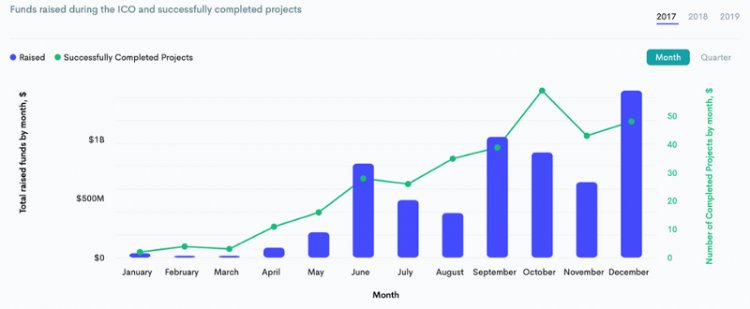
Source:www.icorating.com
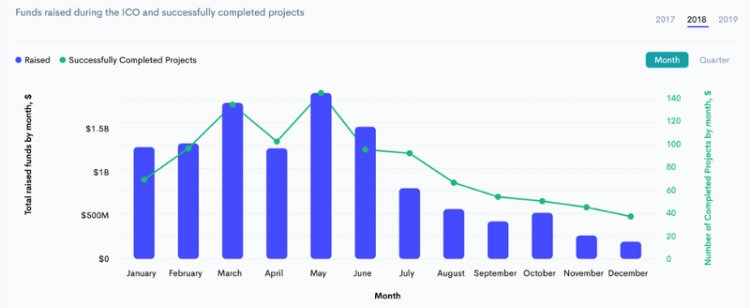
Source:www.icorating.com
No surprise that the volume and amounts of funds raised dropped off significantly since the middle of 2018. The Securities Exchange Commissions has cracked down on some fraudulent activities, and many realize that ICO might not be the safest investment and or financing vehicle, despite the potential promise that it might lead to a successful ecosystem with tokens that can be used for utility purposes, essentially there is no fractional ownership of equity interests nor debts involve in these projects for the token investors.
On the flip side, the distinct difference between STO vs. ICO is that STO offers equity interests in its underlying assets which anchors the value of the actual STO. By this mere fact, I believe STO has a lot more to stand on and offers substantially more value than an ICO. Time will certainly tell whether my thinking is correct or not!
Business, Legal & Technical Issues to be Resolved
While STO provides great promise, there are business and legal issues that need to be resolved before it can successfully be implemented. While the SEC and the world’s regulating bodies have made significant strides in cryptocurrencies regulations, it is still far from perfect. Much work still needs to be done to properly tie the actual assets to the tokens, create the legal framework and regulations that govern these transactions, and decide how to have secondary market trading for these tokens with the promise of immediate liquidity. Also, blockchain promotes decentralization as its one of the core tenets, but with asset tokenization this brings back some form of centralization.
Conclusion
I continue to be optimistic that much of the asset classes that exist in our society will be tokenized in the future. While there are still many business, legal and technical issues that needs to be resolved before we see a full adoption of this mere concept, I believe these issues are solvable and it is just a matter of time. Humans have accomplished much throughout history, so in my view, it is just certainly a matter of time before the full adoption of tokenization of much of the world’s asset classes.
written by :Henry H. Ngan, MBA, CPA
Note: Certified in BlockchainTM & CryptocurrencyTM
LinkedIn Profile: henryhngan
Medium Profile: henryhngan
Source Link:






